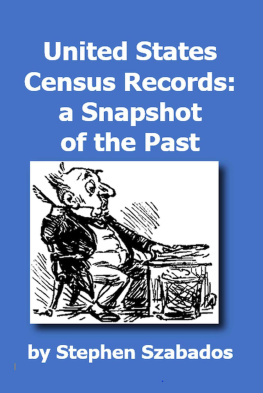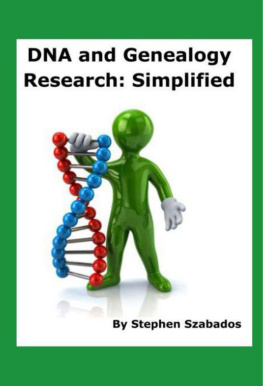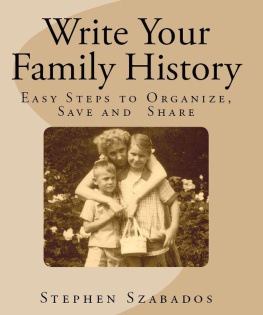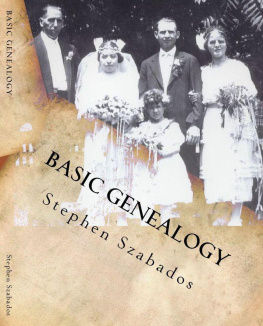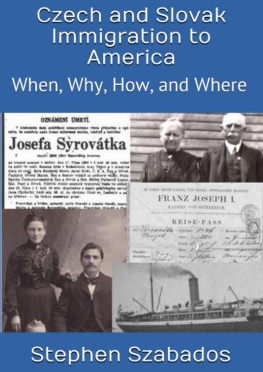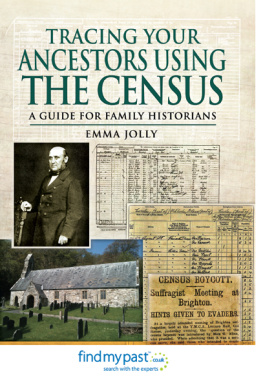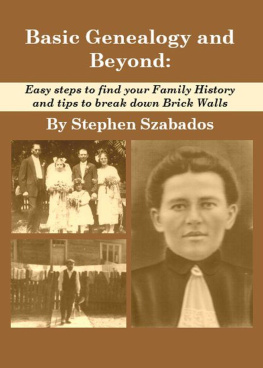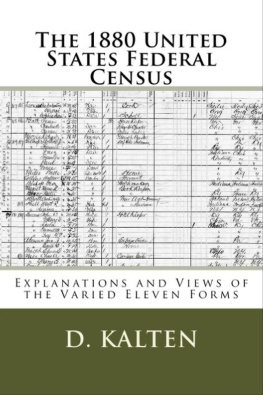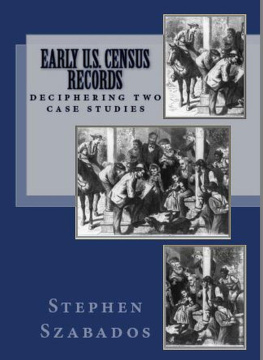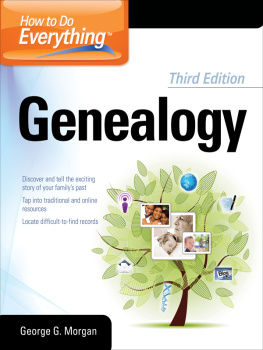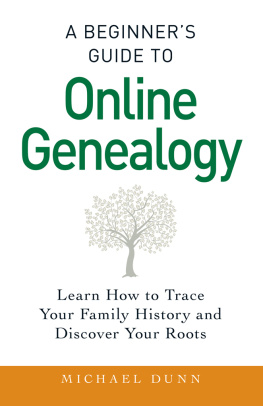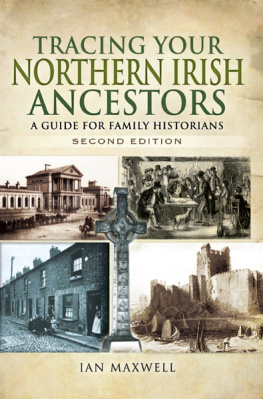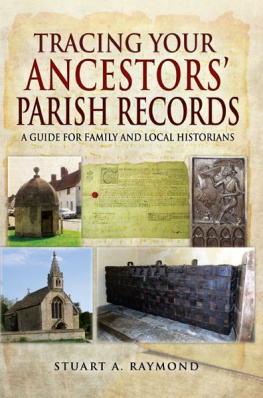United States Census Records: a Snapshot of the Past
Stephen Szabados
Published by Stephen Szabados, 2020.
While every precaution has been taken in the preparation of this book, the publisher assumes no responsibility for errors or omissions, or for damages resulting from the use of the information contained herein.
UNITED STATES CENSUS RECORDS: A SNAPSHOT OF THE PAST
First edition. August 23, 2020.
Copyright 2020 Stephen Szabados.
Written by Stephen Szabados.
10 9 8 7 6 5 4 3 2 1
Census Records: Your next step after the "shoebox papers."
After you have recorded oral history and personal documents, I recommend your next step in researching your family history should be finding and recording the information on census records. These records are a snapshot of your family at the time of the census. They contain a wealth of information that can identify some aspects of the lives of our family.
The U.S. Federal Census was mandated in 1787 by the U.S. Constitution. The purpose was to count the U.S population to determine the number of congressmen in the U.S. House of Representatives. The U.S. Constitution required that officials take the census in 1790 and every ten years after that. The census enumerator counted free males and their households. To be counted, the head of the household was free, paid taxes, and was eligible to vote. From 1790 through 1860, the enumerators recorded slaves, but census officials counted the slaves as three-fifths of a person towards the allocation of congressmen. The bureau of Indian Affairs also recorded the Indians who were living on treaty lands. However, Indians could not vote, and therefore the Indian census records were not used for congressional allocations. Officials used the Indian records were only for budgetary decisions.
In 1954, Congress passed Title 13, which restricts access by private and public entities to census records. This section mandates that all of the responses given by individuals to the questions in the U.S. census are to be held confidential for seventy-two years. The 1974 Privacy Act provided certain rights to individuals but also restricted the type of data that can be collected and limits the circumstances when the census bureau can disclose the information.
As an example, the government released the 1940 U.S. census records to the public on April 2, 2012. There was a fantastic demand to see these pages, and this demand caused a rush to index the names for online databases. Indexing allowed researchers to search the records by name. The National Archives will release the 1950 census to the public on April 1, 2022.
Overview - Census Records
G enerally, I recommend that you start with the 1940 federal census or the latest census before your ancestor's death and work backward in time. After I have identified the parents and siblings, I record all other personal information that I can find on these records. For the genealogist, census records should be more than a list of individuals. The 1850 through 1940 federal census records list a great deal of personal information about your family. They are a picture of your family and can be a treasure trove of information.
The format for each year changed, but some of the useful information on the various census records are:
- place of residence
- names of the people in the household with their ages and gender
- what year was the couple married
- where were they born
- where were their parents born
- when did they immigrate
- were they naturalized
- could they read or write
- their occupation
Also, we should note the date the enumerator recorded the census information. This habit is essential when accounting for births, marriage, and deaths for people missing on the record. Missing people may have married or died before the census was taken. Also, children may have been born after the census.
States and territories also conducted censuses. Some were merely headcounts, but some had beneficial genealogical information that could be very important for your family history. A state census usually was not taken in the same year as the federal census records and, therefore, may show different facts. Find as many census records as possible (both State and Federal) and get as many snapshots of your family as possible.
Information on the Census Records
I classify the information found on census records into two groups. One group is biographical such as age, state or country of birth, address, and occupation. The second group includes information that gives clues to find other documents such as year of marriage, year of arrival, and citizenship status.
The U.S. government created census records to count the population to determine representation in the U.S. House of Representatives, and the early records had limited additional information. The 1790 record simply listed the head of the household and the total number of people in the household. Between 1800 and 1840, officials slowly added demographic information such as the ability to read and write and the types of industry where they worked.
The format of the census records for 1790 through 1840 required listing only basic information that was needed to give the Federal government an accurate headcount. These early census records included the names of only the head of the household, state, county, town, counts of the household by age ranges and gender, and the number of slaves by gender.
Info from 1790-1840 census records:
- State of residence all
- County of residence - all
- Township of residence 1800 and after
- Name of head of household all
- Number of people in the household - 1790
- Number in the household by gender & age range 1800 and after
- Number of slaves- all
- Number of free non-whites in the household -all
- Deaf, dumb, blind, or insane 1840
- Education and able to read & write 1840
- Type of industry household members worked in 1840
- Names of Revolutionary War pensioners - 1840
The U.S. Federal Census records from 1850 and after are more than a list of names. They contain a significant amount of data that can add abundant facts to your family history. The information found beyond the column of names may indicate where your ancestors lived when they were married, where they were born, where their parents were born, and much more. Use all of the information on census records to maximize your research results and use both Federal and State census records.
Info from 1850-1940 census records:
State of residence all
County of residence - all
Township of residence all

